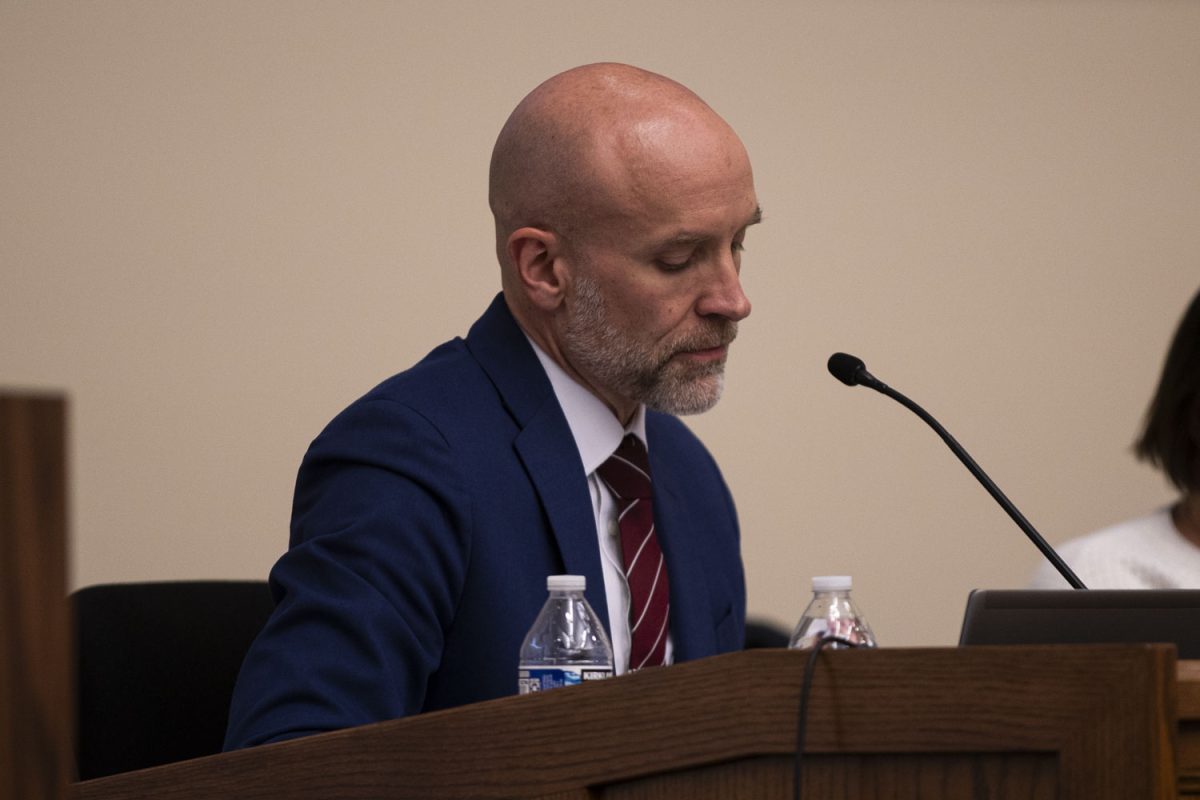The H1N1 virus is likely the catalyst bringing a record number of patients to the UI Hospitals and Clinics’ emergency room this week.
The UIHC Emergency Treatment Center broke two one-day marks this week, seeing 179 patients one day, and 185 another, said UI spokesman Tom Moore.
Moore noted not all visits were flu-related but said 25 to 50 percent of them “were very likely due to the H1N1 virus.”
While the increase in visitors causes some strain on personnel, the UIHC has the resources to handle the situation, said UI Medical Officer Dan Fick.
“We’re doing OK,” he said. “The [emergency treatment center] is designed to flex with patient load.”
Fick said officials are not asking for additional staff at this time, though it wouldn’t be difficult for the hospital to bring in extra staff.
October as a whole has brought a jump in the number of flu-related visits to UIHC compared with previous years.
Moore said 472 visitors have been diagnosed with influenza-like symptoms this month, reflecting 15 percent of total visits, up from 8 percent last year. Officials are estimating 750 total flu cases in October, Moore said.
Iowa City is not alone in the increase.
Doug Beardsley, the director of the Johnson County Department of Public Health, said hospitals and clinics across the county have also seen a jump.
“Everybody’s experiencing this,” he said. “It’s not surprising given the circumstances.”
Fick said the UIHC does not test for H1N1 in every case because the cost would be too high, electing to use that money for treatment purposes instead.
“Why spend millions of dollars, and it’s not going to change anything?” he said. “With limited health-care dollars, you really have to spend them wisely.”
Although the county does not keep records on all influenza cases, Beardsley said 99.9 percent of recent influenza samples tested were positive for the H1N1 virus. Even those samples not tested are likely H1N1, which Beardsley attributed to the fact that the state has simply not hit the regular influenza season. The regular flu season usually starts during late October through November.
“I think we’re going to more than double our activity,” Fick said. “It could be a tough year.”






